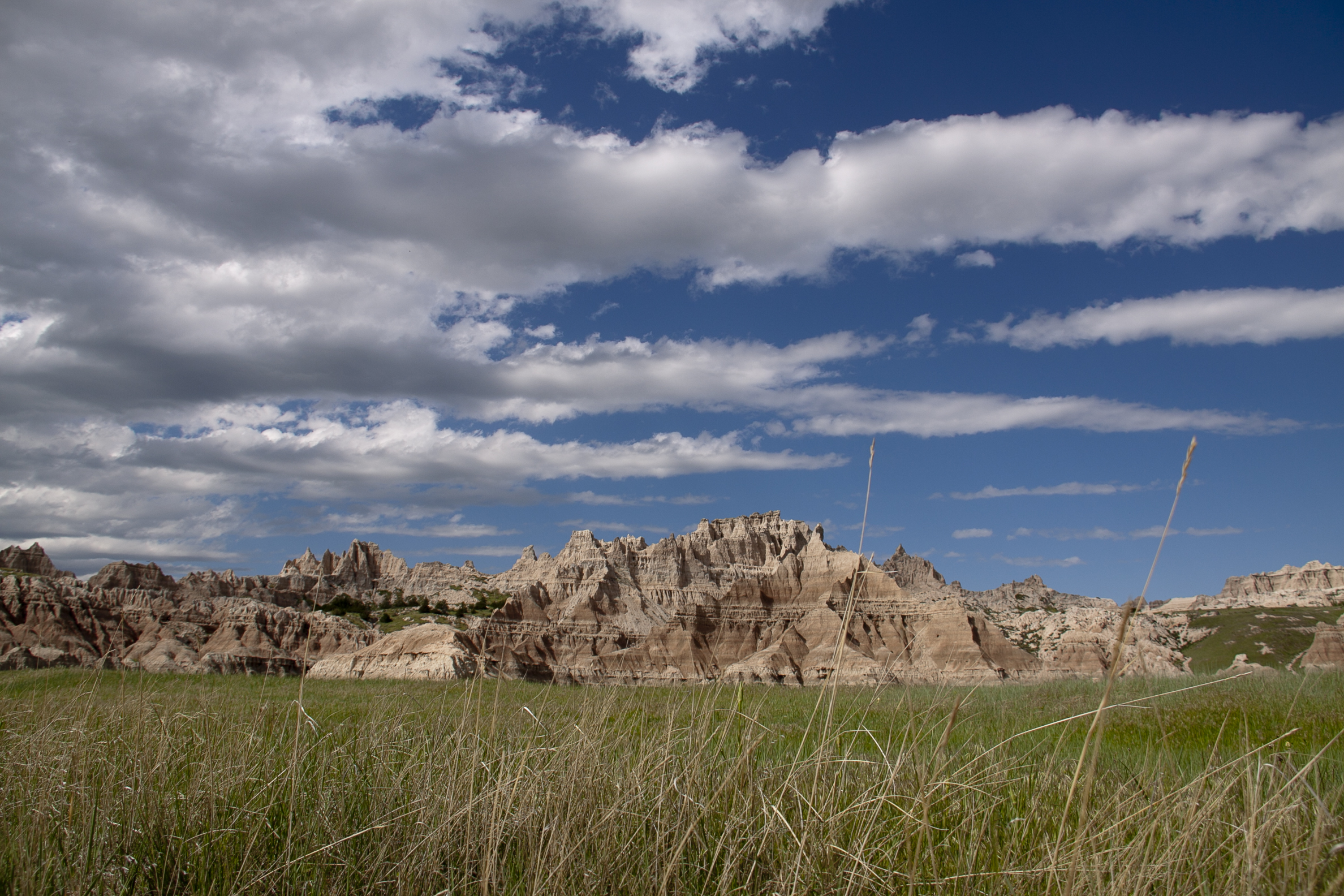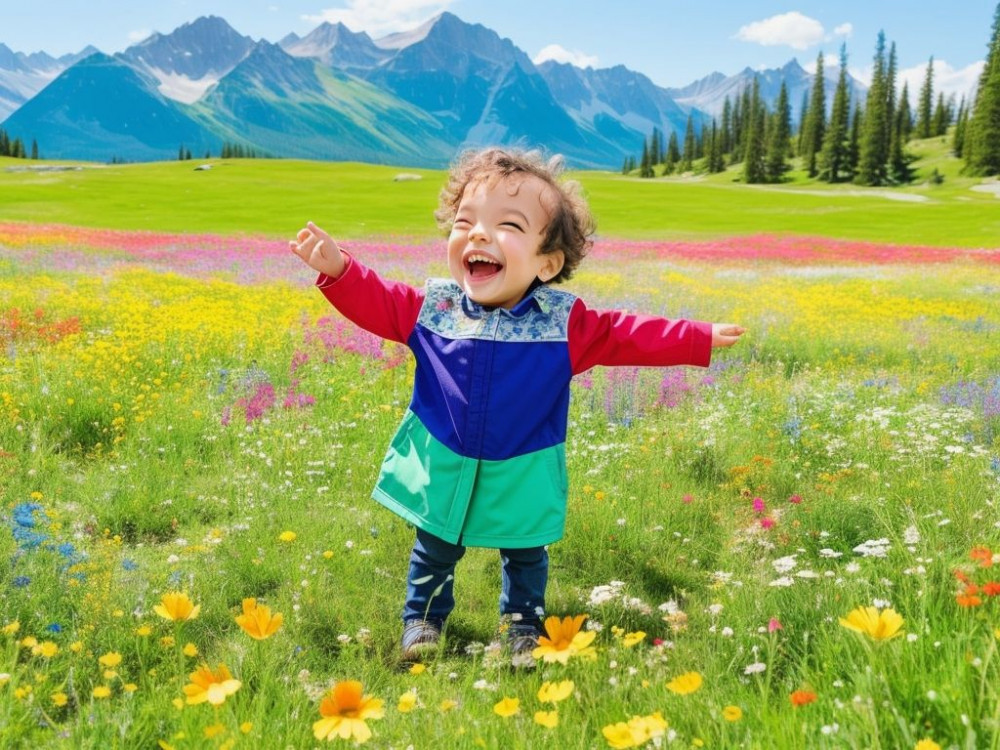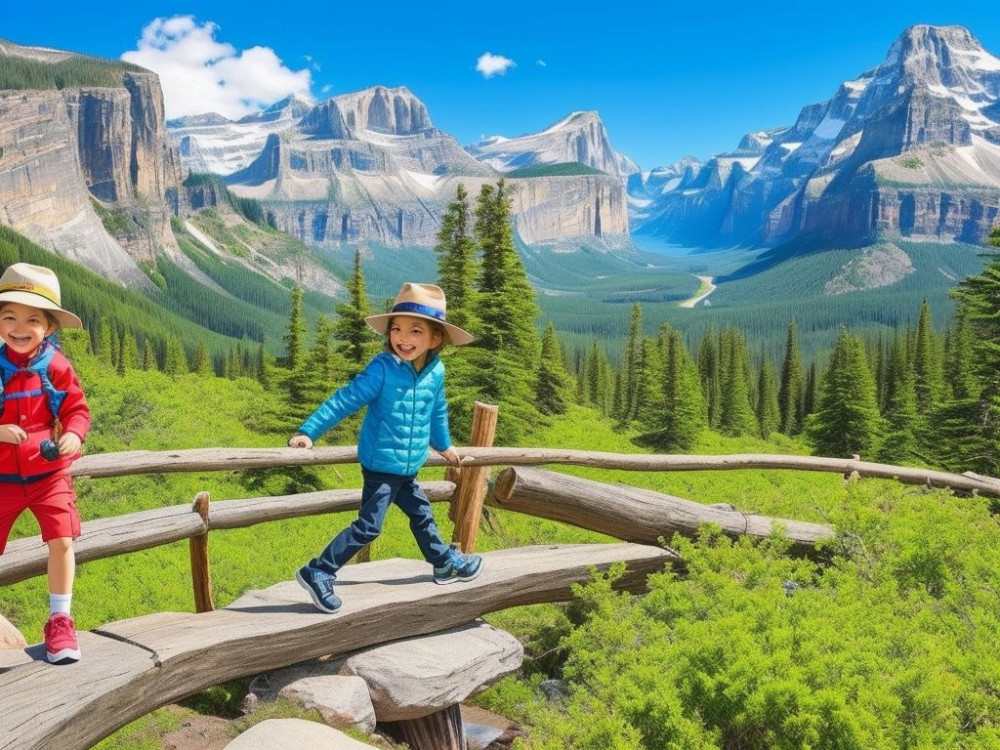Ever dreamed of exploring mystical beauty? Now you can! Take a trip to Badlands National Park in South Dakota. With its grasslands and rock formations, this national park lets you connect with nature. Enjoy the stunning views and discover a diverse selection of flora and fauna. Badlands National Park is truly unique!
Introduction
Tucked away in South Dakota lies the rebellious Badlands National Park; a showstopping landscape of rugged beauty. Its distinctive rock formations and sweeping prairies offer an immersive experience.
Stroll through the park and you’ll spot tall spires and deep canyons, the results of millions of years of sculpting. It even holds traces of prehistoric marine life. Perfect for paleontologists and fossil hunters!
The parched conditions don’t stop the park from flourishing with plant life. From wildflowers to grasses, each plays a part in maintaining the balanced ecosystem.
Animal admirers can spot bison, bighorn sheep, and prairie dogs, all roaming freely in the untouched wilderness.
But, climate change and habitat degradation threaten the delicate balance of the park. Conservation efforts are essential to keep this remarkable national treasure alive.
So, if you’re an adventurer seeking solace or a nature lover yearning for beauty, Badlands National Park is your captivating destination.
Location and History
Badlands National Park lies in the Southwestern part of South Dakota. It boasts a rich history and mesmerizing geographical features. Covering 244,000 acres, the park draws in over one million visitors yearly. Its official registration date is November 10, 1978.
Badlands National Park is home to various animal species including bison, bighorn sheep, prairie dogs and many birds. Its remarkable rock formations and valleys make the landscape even more captivating.
Remember to check out the Fossil Exhibit Trail while you’re there! You can learn about the ancient creatures that used to roam this area.
For folks who want an escape from society or just love rocky terrains, Badlands National Park has it all. Plus, you can have a go at cacti hand-to-prickle combat. Sounds exciting? Then what are you waiting for!
Geography
The remarkable Badlands National Park in South Dakota, US, boasts an area of 244,000 acres. It’s characterized by elevations ranging from 2,365 to 3,375 feet above sea level. Plus, its climate is semi-arid, with hot summers and cold winters.
The park’s terrain is unique due to its geological formations and erosion. Spectacular rock formations, dubbed ‘badlands’, are the result of millions of years of erosion. These colored sedimentary layers create a captivating tapestry that’s hard to ignore.
Moreover, fossils within the park give us an insight into the biodiversity of the area long ago. Some of these fossils even date back 70 million years, serving as reminders of our planet’s ever-changing nature.
So, if you’re looking for a destination with stunning scenery and stories to tell, Badlands National Park is the place for you. Uncover the hidden wonders that await explorers and nature enthusiasts alike!
Climate
At Badlands National Park, the climate is diverse. Summers get hot, with temps reaching 100°F. Winters get cold, with snowfall and freezing temps. Plus, strong winds are common, making the atmosphere unique.
The park’s location and elevation bring big temperature changes. In summer, it’s especially hot – 90°F or more. So visitors should bring sun protection.
Winter at the park is cold and snowy, so visitors should be ready for icy conditions. But, the snow also creates beautiful vistas. Windy days can restrict activities, so be mindful and secure items.
Pro Tip: Pack clothing for hot summers and cold winters. Check the weather before your visit so you’re prepared.
Flora and Fauna
Badlands National Park displays an array of plant and animal life. From tall grasses to hidden predators, this park is a refuge of biodiversity and natural beauty. Pronghorn, Bison, Big bluestem, Juniper, Prairie dog, Blue grama, Sagebrush, Bighorn sheep, and Sunflower are some of the well-known species.
Moreover, it also includes the rare Black-footed Ferret – one of North America’s most endangered mammals. Park Rangers at Badlands National Park share that the park has over 400 species of plants and animals. An impressive ecosystem!
Ecosystem
The Badlands National Park delights with its diverse and thriving ecosystem. Special elements make up this remarkable natural environment.
- Geology: Striking rock formations, sediment layers, jagged cliffs – all shape the landscape!
- Flora: Sagebrush and prickly pear cacti are resilient despite arid conditions.
- Fauna: Bison, bighorn sheep, prairie dogs, black-footed ferrets call the park home.
- Climate: Scorching summers and bitterly cold winters, extreme temperature fluctuations.
- Water Bodies: Scarce on the surface, but underground sources support small wetland areas.
The Badlands ecosystem is unique. Arid conditions and flash floods mean life adapts to survive. The “badlands” are mesmerizing, exposing layers of sedimentary rock over millions of years. Nature enthusiasts flock to explore the rugged beauty.
Badlands National Park is an awe-inspiring ecosystem. Geology, flora, fauna, climate, and water bodies are captivating. Conservation is a challenge, but the wildlife and visitors keep each other on their toes!
Conservation
Conservation at Badlands National Park is a vital effort to protect and preserve its natural resources and biodiversity. It’s key for maintaining the park’s ecological balance, ensuring sustainability of its unique ecosystem.
To do so, the park focuses on:
- Preserving the diverse range of plant and animal species that call this area home. This includes habitat restoration, controlled burns, and wildlife management programs.
- Implementing sustainable land use practices such as controlled grazing and erosion control techniques to prevent soil degradation.
- Safeguarding the park’s water resources, by controlling pollution from runoff, managing invasive species, and promoting responsible water usage.
- Collaborations with local communities, universities, environmental organizations, and government agencies for research, awareness campaigns, and educational programs.
Innovative technologies such as remote sensing systems are used to monitor flora and fauna distribution patterns. Plus, encouraging sustainable tourism practices amongst visitors, providing educational materials, and establishing designated research areas within the park can enhance conservation efforts.
By involving local communities, researchers, and visitors in these initiatives, Badlands National Park can ensure the long-term preservation of its natural resources. Let’s join forces for a sustainable future for this unique and awe-inspiring landscape!
Recreation
Badlands National Park is a paradise for recreation. Everything from hiking and camping to wildlife viewing and stargazing await visitors in this stunning natural landscape.
Hiking
Camping
Wildlife Viewing
Stargazing
Photography
Picnicking
Hikers can explore the park’s hidden gems, while campers can sleep beneath the stars. Wildlife viewing allows visitors to spot bison, bighorn sheep, and coyotes. Stargazers can gaze upon the night sky with minimal light pollution. Photographers have endless inspiration to capture. Picnickers can relax and enjoy a meal with stunning views.
Established on November 10, 1978, Badlands National Park covers 244,000 acres in South Dakota. Millions of visitors come each year, drawn by its striking rock formations and diverse wildlife. Prepare to be amazed by the strong winds and mesmerizing views!
Tourism
Badlands National Park – a destination of intrigue! Marvel at its deep canyons, rocky formations and prairies. Catch a glimpse of the bison, bighorn sheep, and other wildlife. Uncover the history of the Native Americans and early settlers through preserved fossils and artifacts.
Camping here will give you an unforgettable experience. So come and explore the wonder of nature at its finest in Badlands National Park! Where the future looks as uncertain as a weather forecast in a ball pit.
Future
The future of Badlands National Park is bright! Conservation initiatives and research plans are being implemented to safeguard its unique ecosystems and biodiversity. Plus, people with a penchant for adventure can get excited about new hiking trails, camping facilities and immersive digital experiences.
Collaborations with local communities are also paving the way for sustainable tourism practices. Renewable energy projects and waste reduction programs promote eco-friendly solutions to ensure a greener future for Badlands National Park.
We mustn’t forget the park’s true history. Native Americans once made use of its resources. Later, it became a hideout for outlaws. During the Great Depression, the CCC revolutionized infrastructure development. All of this serves as a reminder of our connection to both nature and human progress.
Let’s honor the past and welcome a future that preserves the park’s captivating beauty while offering rewarding experiences to all who visit. With the right steps, Badlands National Park will keep captivating hearts and minds for years to come.
FAQ
What is Badlands National Park?
Badlands National Park is a breathtaking natural preserve located in South Dakota, United States. It spans over 240,000 acres and is known for its unique rock formations, rugged landscapes, and diverse wildlife.
How can I get to Badlands National Park?
Badlands National Park can be accessed by car through Interstate 90 or US Route 44. The nearest airports are Rapid City Regional Airport and Pierre Regional Airport. From there, visitors can reach the park by rental car or organized tours.
What are the main attractions in Badlands National Park?
Some of the main attractions in Badlands National Park include the Badlands Loop Road, which offers scenic drives and overlooks, the Door and Window Trails that provide access to fascinating rock formations, and the Fossil Exhibit Trail, showcasing ancient fossils.
Are there camping facilities available in Badlands National Park?
Yes, Badlands National Park offers camping facilities for visitors. Cedar Pass Campground is the primary campground within the park, with both tent and RV sites available. However, it is recommended to make reservations in advance, especially during peak seasons.
What activities can I engage in at Badlands National Park?
Visitors can partake in activities such as hiking, wildlife viewing, photography, stargazing, and attending ranger-led programs. Backcountry camping, horseback riding, and fishing are also permitted in designated areas of the park.
Is there an entrance fee for Badlands National Park?
Yes, there is an entrance fee for visiting Badlands National Park. The fee varies based on the type of vehicle and is valid for seven days. Alternatively, annual passes for Badlands National Park and other national parks are available.




Leave a Reply